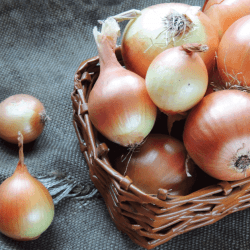Nearly all home cooks have had the experience of cruising through a recipe only to be stopped in their tracks when the next ingredient listed is "one medium onion." If you've ever been caught scratching your head and wondering what in the world qualifies as a medium onion, you are certainly not alone. We've wondered the very same thing and have researched to find out what exactly classifies an onion as small, medium, or large.
Onions earn size labels based on their weight in ounces. Use a kitchen scale to determine the size of your onions as follows:
- Small onions average between 3-5 ounces.
- Medium onions weigh in between 6-8 ounces.
- Large onions measure between 10-12 ounces.
Typically if a recipe calls for a given quantity of onions based on size rather than a more precise measurement, the outcome of the recipe is forgiving of an extra ounce or two (or lack thereof) of onion.
In addition to weight, diameter is another helpful measure of onion size. And if you are the type of cook who likes to use exact measurements, you won't want to miss our discussion of onion-size equivalents by the cup. Keep reading as we tackle both of these topics and more below!
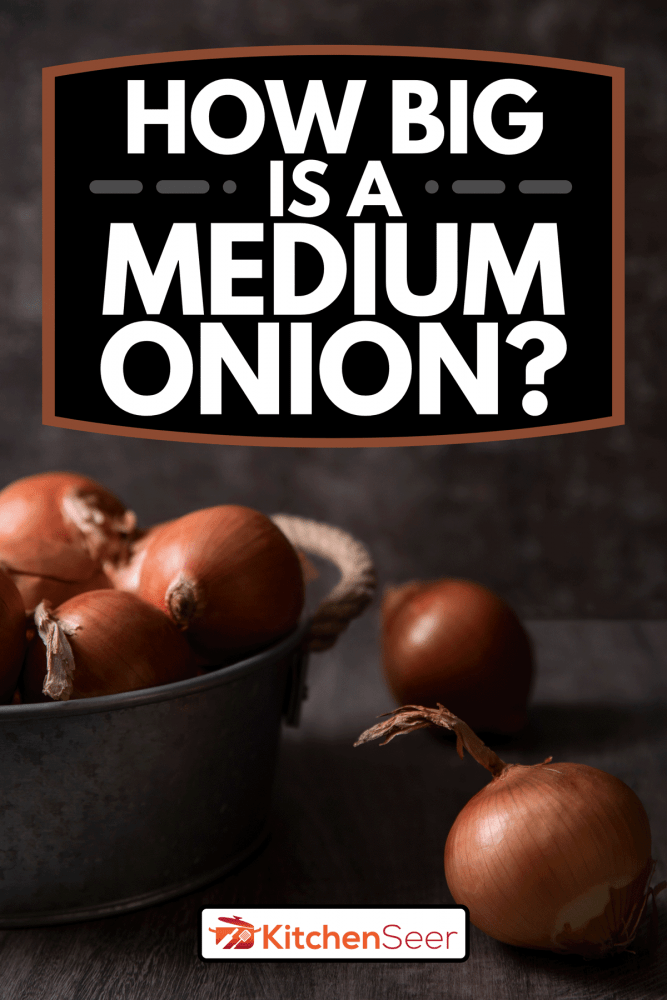
What is the diameter of a medium onion?
According to the National Onion Association, onions vary widely in diameter, which is the industry standard for packaging and selling onions. In addition to small, medium, and large, their list of onion sizes includes Creamer (even smaller than Small!) as well as Colossal and Super Colossal (even larger than Large!).
- Creamer onions are under 1" in diameter. Keep reading to learn more about these itty-bitties, also known as pearl onions. We've got a whole section devoted to them below!
- Small onions are 1" to 1/4" in diameter.
- Medium onions are 2" to 3 1/4" in diameter.
- Large onions are 3" and bigger in diameter.
- Colossal onions are 3 3/4" and bigger in diameter.
- Super Colossal onions are 4 1/2" in diameter.
It is doubtful that many of us get out our rulers to check diameter before chopping an onion. An easier way to do a quick check of onion diameter is by comparing it to the size of common citrus fruits. A small onion is comparable to a lemon, a medium onion to a navel orange, and a large onion to a small grapefruit.
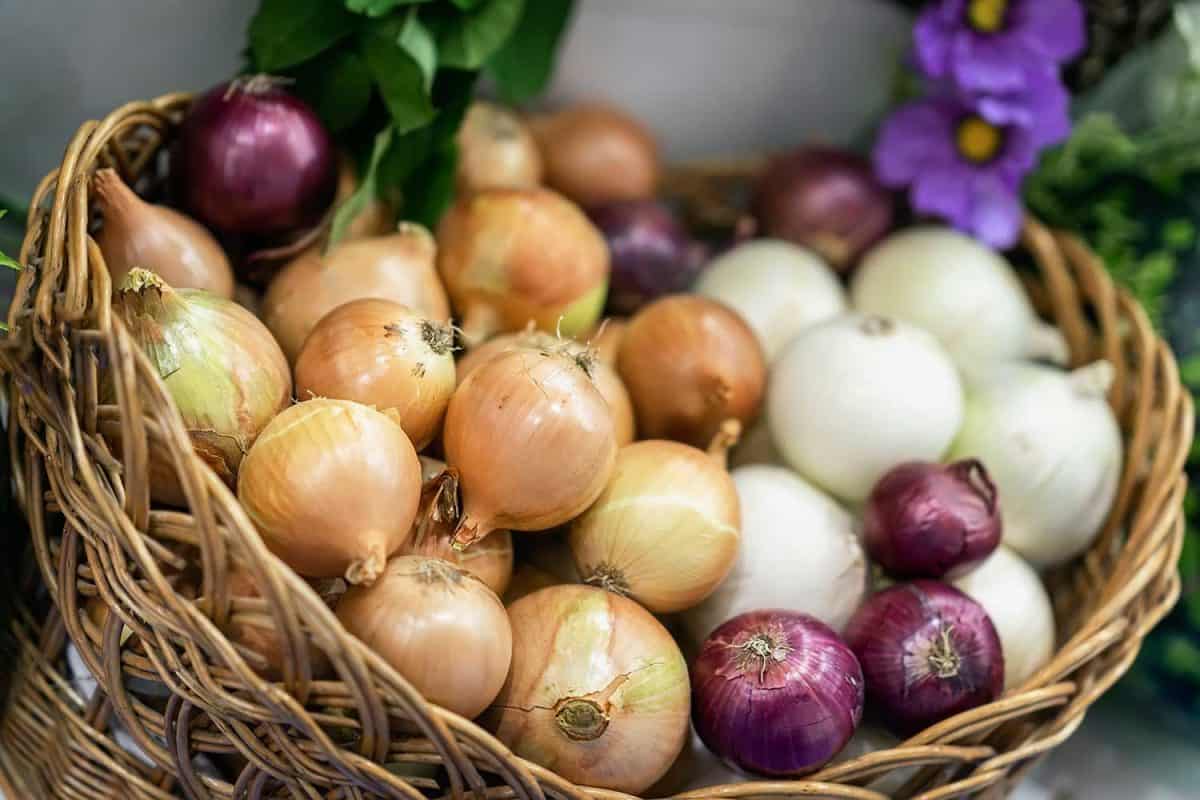
How many cups is a medium onion?
Not every home chef has a kitchen scale to determine onion size by weight. If you don't have a scale and are left guessing the size of your onion, knowing how many cups of chopped onions are equivalent to a medium onion is helpful. To help you with your onion conundrum, sub in these measurements as appropriate.
- Use 1/2 cup chopped onions in place of a small onion.
- Substitute 1 cup chopped onions for a medium onion.
- Use 1/2 cup chopped onions as equivalent to a large onion.
Click here to see a digital kitchen scale on Amazon.
How many onions make a pound?
If you've spent much time in the produce aisles, you've probably noticed that onions are typically priced by the pound. If you purchase by the individual onion or prefer to grab a pre-packaged sack, you may be curious just how many onions typically make up a pound. With onions available in such a variety of sizes, the answer is that it varies. Earlier, we noted how many ounces make up a small, medium, or large onion. Using those measurements as a guide,
- 4-5 small onions make a pound.
- 2-3 medium onions make a pound.
- 1 large onion will be less than a pound.
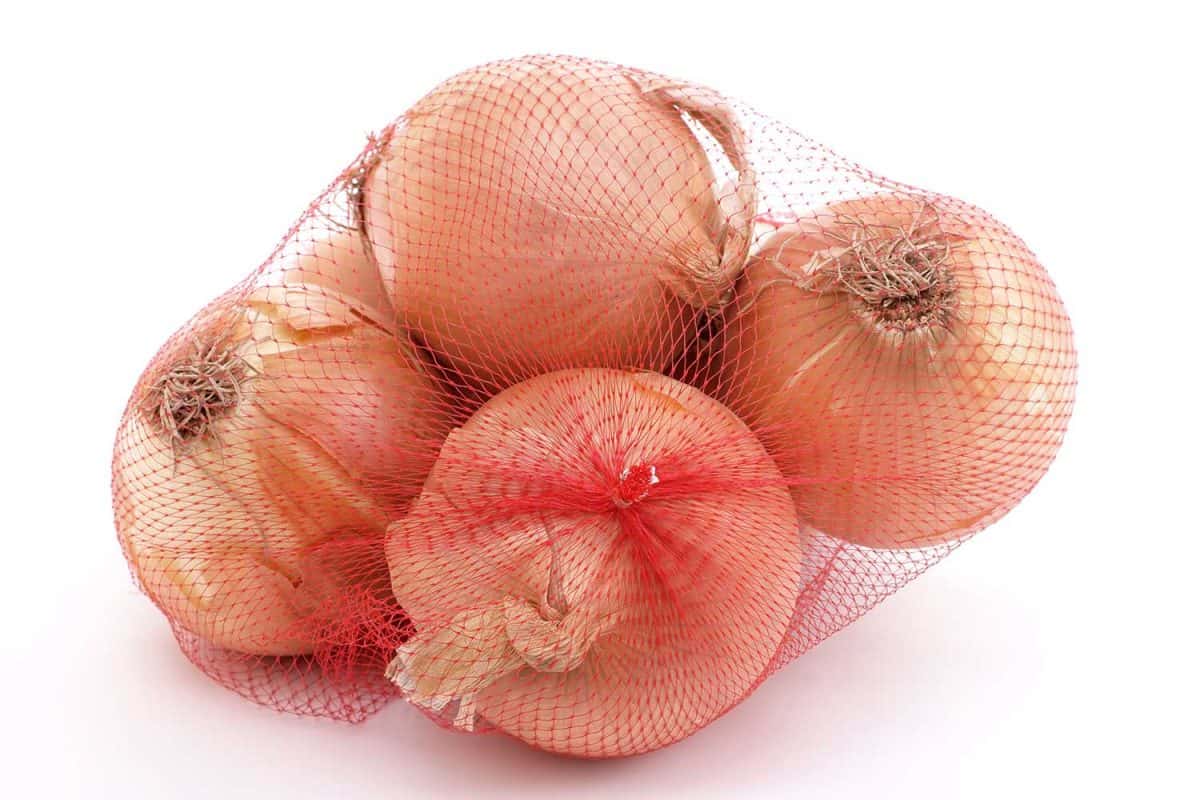
What is the price of onions per pound at Walmart?
Now that we've established how many onions make a pound let's talk about average onion prices at Walmart. In addition to many sizes, onions come in various types, many named for their color or flavor. Onion type is essential to consider when you are looking for the price. According to our research, Walmart sells both yellow onions and sweet onions for $.97 per pound. White onions are a bit pricier at $1.18 per pound. Red onions can be purchased at Walmart for $2.98 for a 3-pound bag. If chopping onions isn't your thing, you can buy them pre-chopped! Genius! They will cost you a bit more, though, at $2.58 for 8 ounces of chopped yellow onion at Walmart.
What are the largest onions?
While we typically think of an onion weighing a pound as quite large, Guinness World Records reports that the heaviest onion weighed in at over 18 pounds! However, on our grocery store shelves, the largest onions, classified as Super Colossal by the National Onion Association, are usually 4-6" in diameter and weigh about a pound. A few varieties that reach this size or even bigger are the Ailsa Craig, Kelsae, Rossa di Milano, Scout, and Walla Walla.
What is a small onion called?
Onions of small stature come in a wide range of varieties, some of them interchangeable in recipes. Shallots, cipollini onions, and pearl onions are three modestly-sized onions that are unmistakably not your average small onion. Shallots look a bit like tiny red onions, and their flavor has strong garlic notes. Small golden-colored cipollini onions have a distinctive flattened shape and sweet flavor. Miniscule pearl onions are the smallest and are interesting enough to earn their section in this article. Keep reading for more on these little magic makers.
In general, if a recipe asks for a small onion, it is calling for a standard variety small onion, weighing 3-5 ounces. The small varieties we just discussed are generally asked for by name in a recipe. However, if you are in a pinch, use what you have. While they have their subtle differences, all varieties of onions share enough in common that it is usually okay to play around with them a bit.
Are pearl onions just small onions?
Pearl onions are a master of pseudonyms. These tiniest of onions go by names like baby, cocktail, and creamer. Sweet and mild in flavor, pearl onions come in white, yellow, and red varieties. While they are onions and extremely small in size (think marble-sized), pearl onions should not be confused with small onions as defined in this article (3-5 ounces). If a recipe calls for a small onion, it is not asking for a pearl onion. Pearl onions are typically used in ways distinct from your average small onion. One advantage of pearl onions is that they don't have to be chopped because they are so small. Peel and pickle, roast, glaze, or even cream them!
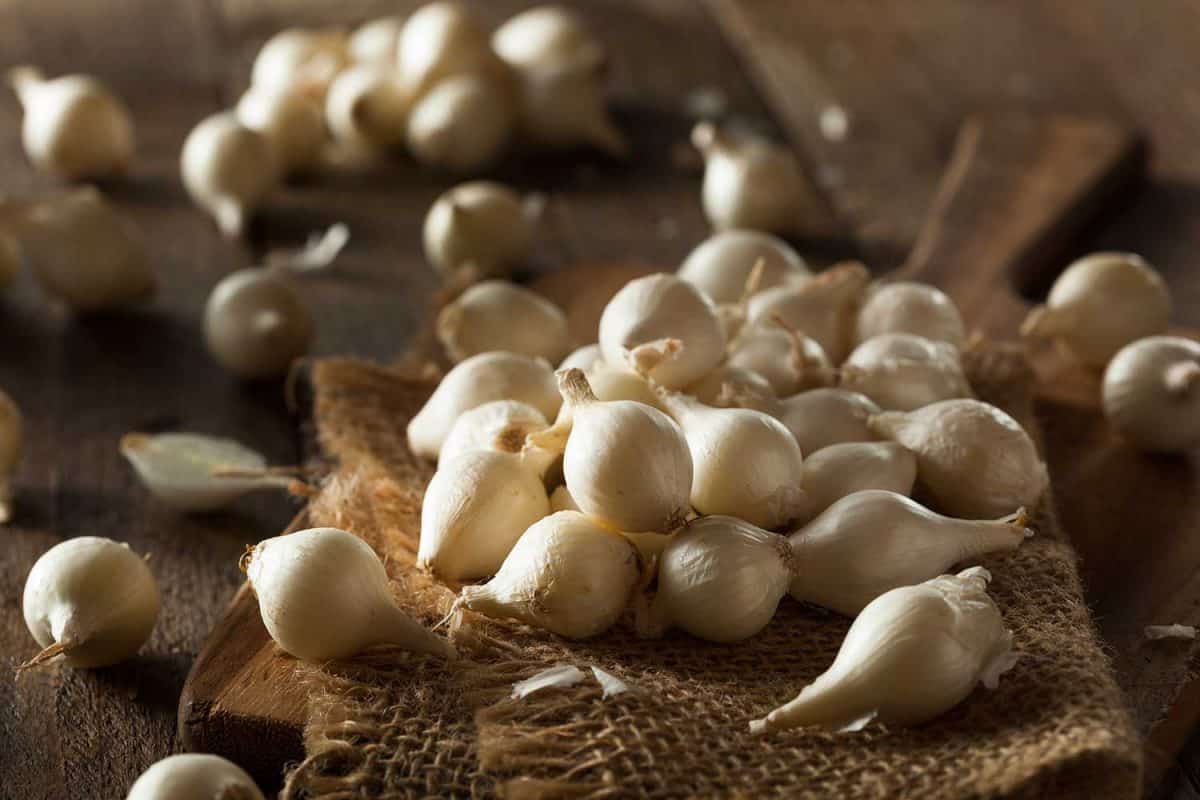
In Closing
The most commonplace of vegetables, onions certainly are a staple in the kitchen and maybe are more interesting than you might have thought. Now that we've demystified the age-old enigma of what a recipe means when it asks for a particularly-sized onion, you can get to chopping those onions with confidence. Any tears that follow will not be the result of onion-induced frustration!
If you've still got onions on your mind, you are in luck! Head to these other great posts about onions:
What's the Best Way To Store Onions?
What Knife Is Best For Cutting Onions?


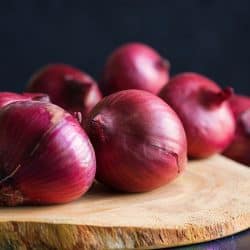
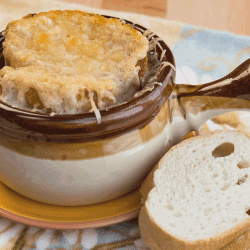
![A delicious baked onion soup with French bread on the table, 9 Lipton Onion Soup Mix Substitutes [Including Homemade]](https://kitchenseer.com/wp-content/uploads/2021/12/A-delicious-baked-onion-soup-with-french-bread-on-the-table-250x250.jpg)
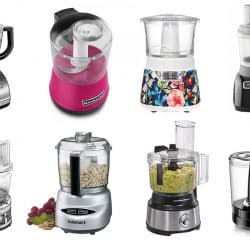
![Loose onions scattered from wicker basket and one onion cut in halves on suckcloth, What's The Best Way To Store Onions? [Best Storage Options Discussed]](https://kitchenseer.com/wp-content/uploads/2020/08/Loose-onions-scattered-from-wicker-basket-250x250.jpg)
